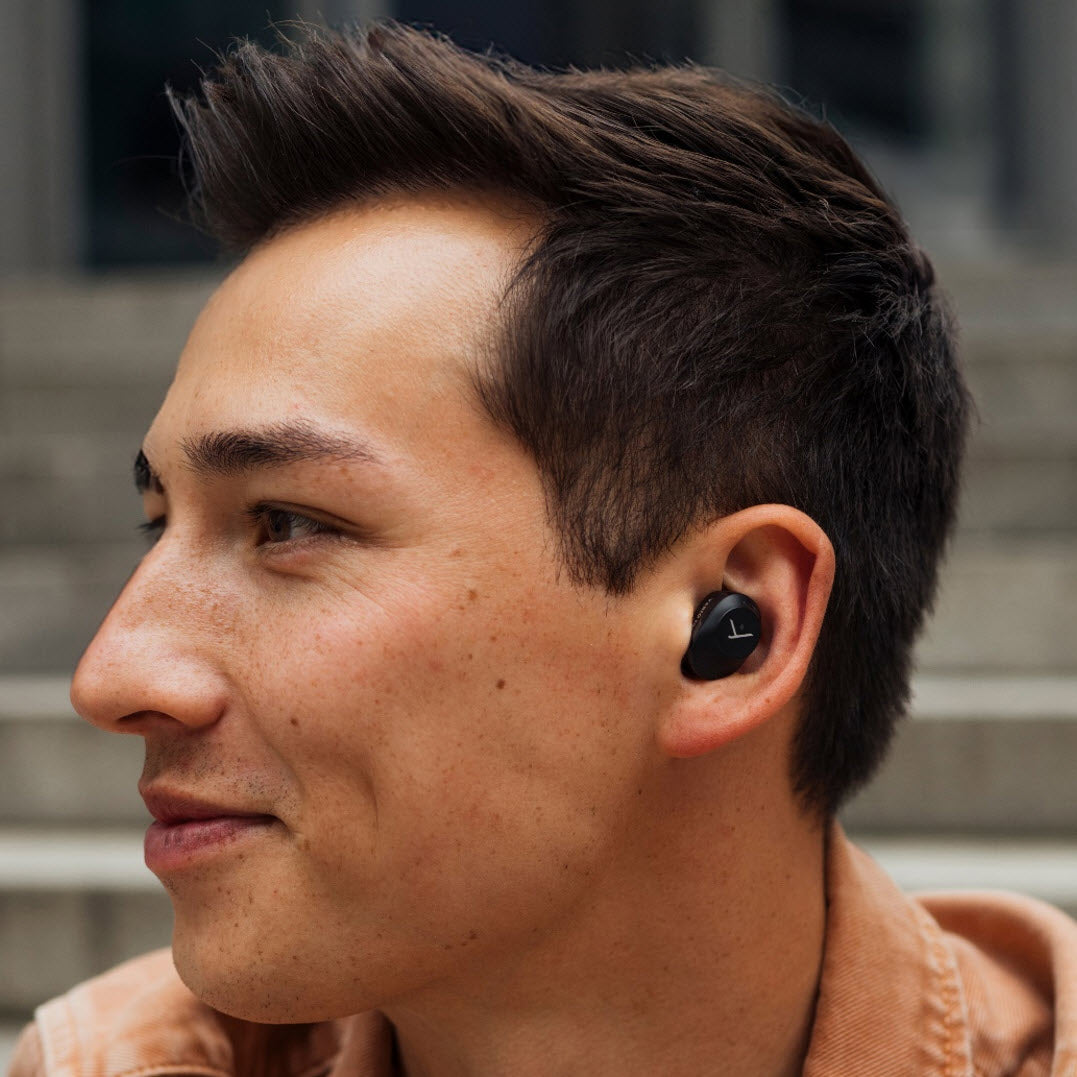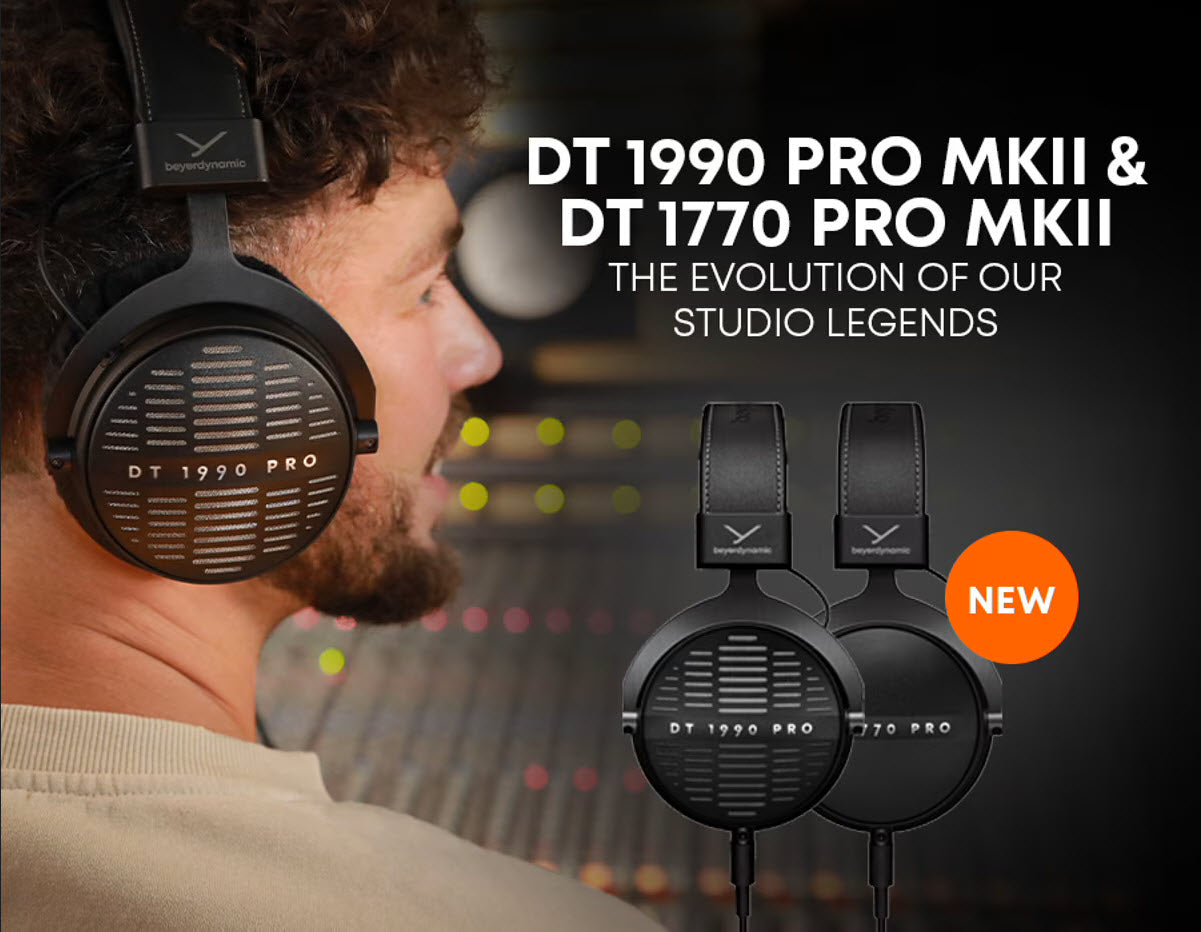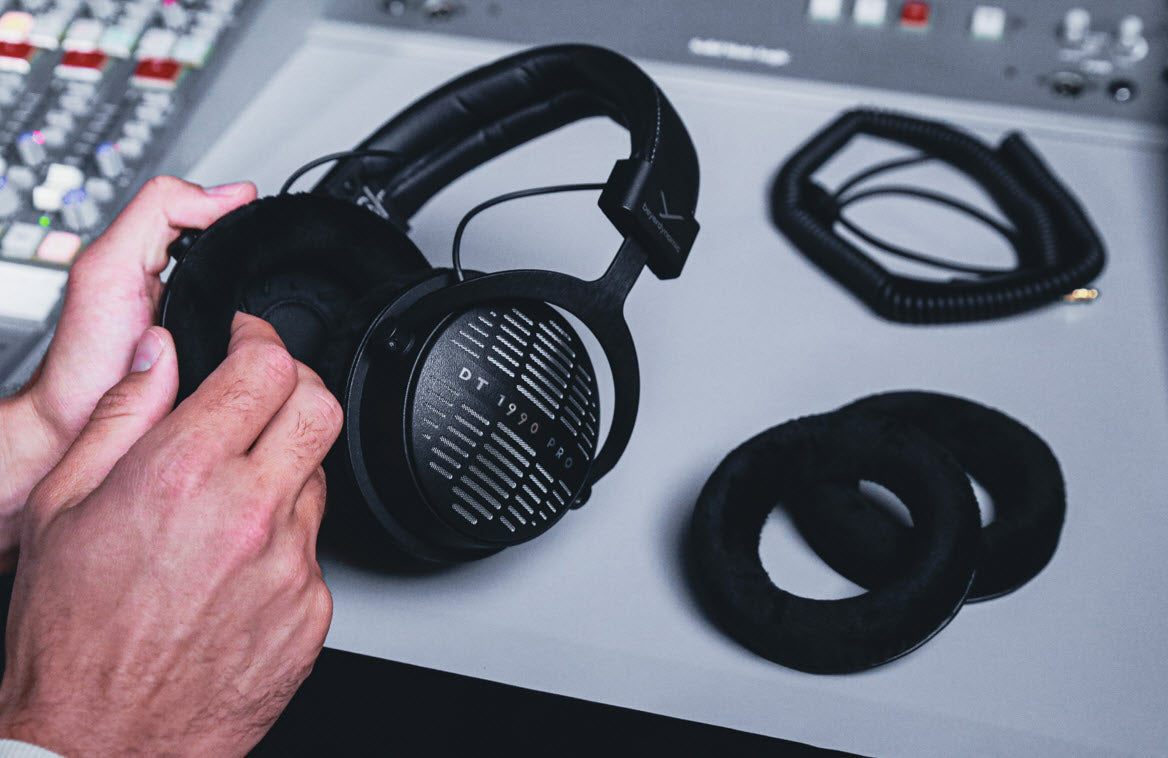HOW DO PERFECTLY FITTING IN-EARS & EARTIPS OPTIMISE YOUR SOUND?
Simply speaking, the sound quality of an in-ear headphone is greatly influenced by how well they fit into your auditory (ear) canal.
Typically, no two ears are the same, so getting a perfect fit is an individual issue that we all face. To accommodate this,in-ears/eartips are given as organic a design as possible. Eartips come in many different materials, shapes and sizes depending on the manufacturer.
~~~~~~~~~~
To help you navigate through this, let’s look at the following 4 aspects as below.
- The design of the in-ear headphones
- Selecting the best eartips
- Unsatisfactory sound quality? This could be the reason why
- The practical benefits of in-ears
~~~~~~~~~~
1. The design of in-ear headphones
Basically, how comfortable it is to wear an in-ear headphone, depends on the design of the headphone and whether or not the eartips sit correctly in your ear-canal. In-ears are worn deeper inside the sensitive auditory canal, and this is subject to permanent mechanical pressure from the eartips – a fact that plays an important role in perceived comfort.
An eartip pinching the auditory canal reduces the flow of blood at this location, causing an itching sensation.

Consequently, relief for your ear canal can be achieved by giving the eartip a shape that simulates that of the ear canal, fitting tightly to the sides but not pinching.
Eartips for in-ear headphones come in different types and forms. With our in-ear models, we use two different forms, an organic shape and a bowl shape.

With the organic shape, the focus lies on ensuring a natural fit, while the bowl shape is specially designed for a high level of comfort and an even firmer fit.
__________
Eartips on our in-ear headphones:
Our Bluetooth® in-ear headphones Free BYRD, AMIRON 300 and AMIRON 100 are equipped with bowl shape eartips.
__________
For in-ears with cable the cable routing is important as well. Routing the cables over the ear reduces perceived movement noises as well as structure-borne sound. The accompanying strain relief also means the in-ears sit more comfortably and securely.
- Selecting the best eartips
A good fit is essential to the listening experience. However, choosing the right eartips is even more important than that. By providing a good seal, the eartips keep out external noise. The less noise that is allowed to intrude, the less you need to drown it out by turning up the volume of the music. In turn, this protects your hearing from any long-term, volume-induced damage.
On top of this, because no two ears are alike, the eartips and in-ear headphone design are crucial to the comfort of the wearer and key factors in ensuring a perfect fit in the auditory canal. Poorly fitting in-ear headphones reduce the comfort of the wearer.
The first step in adjustment to the wearer’s individual needs is the correct choice of eartips. They come in countless size variations, as silicone versions or as foam tips that adapt to nestle snugly in the wearer’s ear.
The eartips on the AMIRON 300 have size coding that makes them easier to identify: each bowl shape eartip size (XS, S, M, L, XL) has a different shaft colour. The colour of the eartips depend on the choice of in-ear colour. The AMIRON 300 is available in black or cream.

The size coding is also given on the eartips of AMIRON 100.

The optimised eartips on the Free BYRD and the Blue BYRD ANC (2nd generation) do also have size coding that makes them easier to identify: each eartip size (XS, S, M, L, XL) has a different shaft colour.

Our high-end XELENTO (2nd generation) in-ear headphones even come with seven different sizes to ensure the right fit for a wide range of ears.

- Unsatisfactory sound quality? This could be the reason why.
When in-ear headphones don’t fit tightly enough, this leads to a clear weakness in the bass range because the low frequencies are escaping from the auditory canal. The result is a shrill, nasal sound profile. When the earphones provide a good seal, the low frequencies remain in the auditory canal and are passed on to the ear drum.
The following illustrations show how organic eartips and bowl-shaped eartips should sit inside the ear.
Organically shaped eartips:

Bowl-shaped eartips:
Choosing the right eartips brings its reward:
a) perfect fit – the in-ear can’t fall out
b) highest degree of comfort – no wobbling or sliding around in the ear
c) comprehensive, high-quality sound experience – no noise can intrude from outside and the sound is kept in
d) passive noise cancellation
HINT: Some people may also find that one of their ear canals, (as an example, say the left ear canal) seems to be better suited using a different size eartip than the right side ear canal.
- The practical benefits of in-ears
In-ears have a number of practical benefits:
a) They are small and scarcely noticeable by others
b) They require little storage space and can be taken with you anywhere
c) They are extremely lightweight
Worn on a train or plane, in-ears with a tight seal can function just as well as good active noise cancelling headphones and isolate the wearer from external noise by means of passive attenuation. Isolated by your in-ears from extraneous noises and the conversations of other passengers, you can use your smartphone or tablet to stream your favourite TV programme on the ride home. And you can play music at any time and into any ear – in high-end quality.




